Jeremy Hurlburt’s “Hobby Horse” won the Grand Prize in the 2014 Original iPhone Film Festival. A ton of creative work went into the making of this short, funny-and-moving comedy. Hurlburt’s behind-the-scenes comments are fascinating and instructive.
MMM: How did you come up with this off-beat story?
Hurlburt: Hobby Horse grew out of an idea that I’d been kicking around for a few years after helping move my grandparents to a retirement community. My grandfather had a great set of old wooden clubs, and I was lucky enough to claim them. I thought it would be funny for someone to be excited to inherit a set of golf clubs and then fail miserably on the first swing of the club, so they retreat to a miniature golf course because it’s better suited to their athletic ability.
MMM: The “Abandoned Pursuits” montage is terrific.
Hurlburt: I have to give credit to my wife, Angie. After I wrote the story, I told her that I needed to raise the stakes. She suggested showing a collection of failed hobbies. She’s a lot smarter than me, so I listened to her and it was exactly what I needed.
MMM: Was the script highly detailed?
Hurlburt: For most of the scenes, I just used a short shot list. I storyboarded the golf course scene because I only had a limited amount of time to film on the course.
MMM: In some ways your use of gesture makes this feel like a silent movie.
Hurlburt: I’m a huge fan of slapstick comedy. I’ve often found the actions or reactions of characters to be funnier than a clever line of dialogue. Bill Murray is a master of acting with expression. I’m also a huge Wes Anderson fan, and he always has the best silent moments in his films.
MMM: How did you handle directing the actors?
Hurlburt: My wife, Angie, plays my wife in the film. Before we filmed the opening scene, she asked if I’d like her to add any lines to drive home her annoyance. I told her that she’s so expressive that she didn’t need to say extra dialogue. She really nailed it. Her looks say it all. I’ve gotten a lot of positive feedback on her performance.
MMM: Why did you shoot in black and white ?
Hurlburt: A few reasons. First, it lends itself to the silent movie style. Second, I wanted to give the film a nostalgic feel, especially the dilapidated miniature golf course. The black and white imagery really made that mini golf course feel like the town in The Last Picture Show (I love that movie). Finally, while the colors that the iPhone camera produces are gorgeous, once I did the black and white version and saw the fog burning off the course on the tee shot scene, there was just no going back. It was too beautiful to pass up.
MMM: Can you talk about your use of close-ups?
Hurlburt: I use them to add detail. In the opening scene, I cut to the shot of the phone to introduce the caller but also to draw the viewer into that scene a little deeper, especially since we were just meeting the characters. The tee shot was added to build up the drama of him taking his first swing with his new clubs, but also to get out of that wide and put the viewer in the main character’s shoes. To be honest, I was a little surprised by how great the close up of the hand putting the tee into the ground turned out. I used an Olloclip lens which enhanced the look of that shot.
MMM: Who was your director of photography?
Hurlburt: I did all of the camerawork myself. I enjoy shooting and constructing my frames. There’s so much story that you can tell with a single shot. I love the challenge of finding the perfect location, adding production design, and staging a scene. I picture every scene playing out in my head first and then I try to execute that vision when I shoot.
MMM: Why did you choose to work with a smartphone?
Hurlburt: When I read about the Original iPhone Film Festival, I thought it was the perfect excuse to film this short on my iPhone 5 and 6. It turned out to be a great choice. On location, my iPhone didn’t draw a lot of attention. Of course, I filmed this in Western New York (shout out to Hinsdale!), so it wasn’t like there were hundreds of people watching. But more important, I’m carrying an HD camera around in my pocket all day. There’s no excuse to not make films every day. I love having a tool that allows me to film anything anytime I have an idea.
MMM: Are there limitations shooting with smartphones?
Hurlburt: The main issues are no manual focus and no optical zoom. But the limitations of the little camera make me more creative. It’s exhilarating when you produce an amazing shot with a smartphone.
MMM: While managing props isn’t considered a glamorous part of filmmaking, things play a significant role in your movie.
Hurlburt: My wife and I have about 5 boxes labeled “costumes” in our basement. There’s no good reason for two adults to have that many costume boxes, but whenever we consider getting rid of something we say, “What if we
need this for a project?” and it goes in one of the boxes. I love production design, so managing props is fun for me. Sometimes, I probably spend too much time worrying about how a chair or lamp looks in the background of my shot, but I can’t help myself. I want to create a world where someone would say, “I’d like to visit that place.” For “Hobby Horse”, the fishing pole was borrowed from my father; the guitar was mine; and the
POGS were also mine from when I was a kid. I’m just realizing that I probably sound like a hoarder. I promise that I’m not. 🙂
MMM: Besides the OlloClip, do you have any gear recommendations?
Hurlburt: The Glif is a great tool for attaching the phone to the tripod. The tripod that I used during the shoot was crappy, and I’ve since upgraded to a
Manfrotto MT055XPro3, which I love. I paired it with the
Manfrotto Pro Video Head
MMM: Your musical cues are delightful, for example at the miniature golf course.
Hurlburt: Although I usually have a good idea where I’ll put music, I don’t think about it until I’ve done a rough cut .On all my productions I work with the same insanely talented musician Lou DiPietro. I can show him a scene and tell him, “I was thinking something like this,” and he’ll come back a day later with the perfect music. Obviously, music affects pacing, so after Lou gives me a track, I drop it in and adjust the scene accordingly. If the pacing doesn’t work, I might ask Lou to cut the song to a specific length or to single out a specific part. But mostly, Lou and I are on the same wavelength. I’m really lucky to have such a talented friend who can produce exactly what I need to take my films to the next level.
MMM:A lot of the fun of your movie comes from the performances. Did you do a lot of auditioning to put together your cast?
Hurlburt: No auditioning. As I mentioned earlier, my wife Angie, played my wife. I played the main character, which was challenging because I was also doing the camera work. My father, Rob, played the golfer who gets hit in the head with my stray tee shot. And my sister, Emily, played the miniature golf course attendant. Emily also executed a couple of panning shots for me at the miniature golf course.
MMM: Was there a reason you cast yourself and your family?
Hurlburt: It was necessity. I had zero budget and a limited amount of time to film. My wife and I had a four-month old son, so we shot in chunks. Having access to my actors when I was available to film was key. Because they were amateurs,
I helped prepare them mentally by giving them motivation for their character. We blocked out the scene and did a short rehearsal. I made sure that the actors understood that “Hobby Horse” relies heavily on reaction to tell the story. I think they did a phenomenal job.
MMM: How did you develop your technical skills?
Hurlburt: When I was younger I was in charge of recording home movies for our family. I watched what I shot over and over again. Eventually, when I realized that filmmaking was something that I could do, I worked on sets and talked to the camera person whenever I had a chance. I paid attention to what the director was looking for in a scene, and I try to emulate that when I do my own projects. Working in the digital format makes for fewer excuses because I’m not spending money on film every time I hit the record button. I can record as many takes as I need until I get it exactly how I envisioned it.
MMM: Did you go to film school?
Hurlburt: No. I made my first short film in college and then moved to Los Angeles after graduation. I worked freelance jobs at a few different production companies for a few years. On weekends I helped friends make short films for competitions like Channel 101. I learned a lot working on sets.
MMM: Were you influenced by professional filmmakers?
Hurlburt: I’ve watched lots of films and tried to emulate what I saw on screen. Late one night I found the John Cassavetes film Husbands on TV. That changed my life as filmmaker. I became obsessed with Cassavetes and watched every film of his that I could get my hands on. Around the same time, I got into the Duplass brothers, Joe Swanberg, Andrew Bujalski, and that’s also when I discovered one of my favorite films, Quiet City, which was directed by Aaron Katz. I consumed as many independent films as I could and that led me to Breathless, which I had embarrassingly never seen until like 2008. After that, I couldn’t get enough French New Wave, especially Jean-Luc Godard. Vivre Sa Vie and Band of Outsiders are two of my favorites. I mentioned him before, but I love Wes Anderson. Also, Scorsese, Tarantino, Paul Thomas Anderson, and Bob Byington.
MMM: What was the next step?
Hurlburt: After consuming all of these films and writing all the time, I got to a point where I needed to make something. I developed a script and made my first feature film Zeus…
…which you can see on
YouTube. That’s when I considered myself a filmmaker.
Zeus consumed about two years of my life, but I had the desire and confidence to keep going. So I started making short films using my iPhone. Eventually, I bought a DSLR and started doing more vlog-type videos. This all led me to finally making “Hobby Horse.”
MMM: What advice would give you to people just starting out with mobile moviemaking?
Hurlburt: Go make a movie this weekend. If you have an iPhone, then you have an HD camera in your pocket. Even if it’s a short documentary about your weekend, it gets you in the mode of thinking about your shots and telling your story. There’s really no limitation to what you can do with a mobile phone. Feature films—like Tangerine—are being made on them. But it all starts with a solid story. Take the time to write something meaningful to you and then figure out how to bring that story to life with the tools that you have at your disposal.
MMM: Can you give us a hint about your next project?
Hurlburt: I’m working on two projects. One of them is a short film based on a story that I wrote in 2008 after moving back to New York. It takes place in a library, and I plan to film it entirely on my iPhone 6 using the new iStabilizer Gimbal. The other one is a feature that I’m really excited about, but it’s too early to reveal any details. Sorry for the tease!
MMM: How can we learn more about your work?
Buffalo Morose is the name of my “production company” (I use that term loosely.) It’s comprised of my friends who are filmmakers, musicians, artists, writers, and designers.
MMM: Anything else?
Hurlburt: My music pal Louis has a new album coming out very soon called “Reconciler” that will undoubtedly be incredible. You can check out his music here.

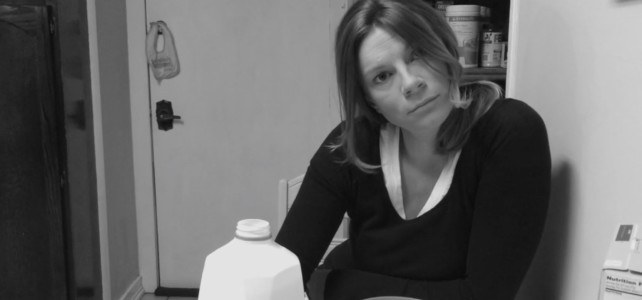
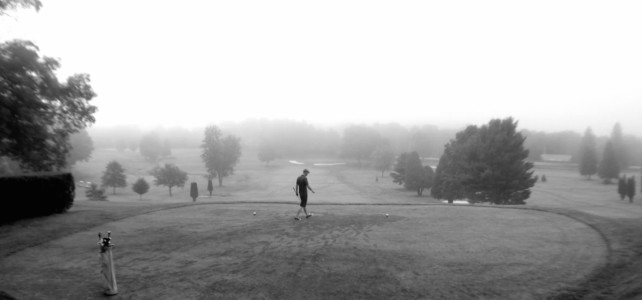
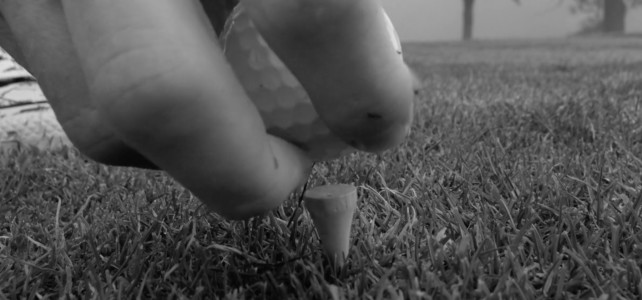
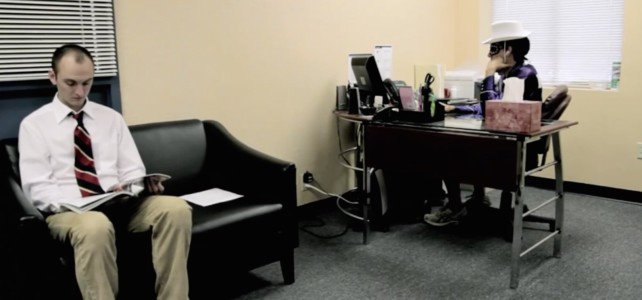


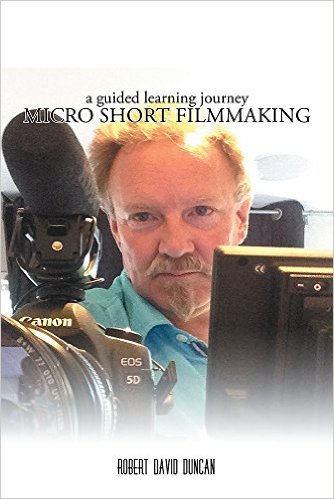 Previous post
Previous post
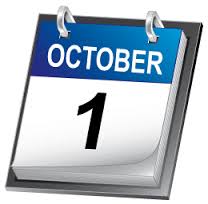 Next post
Next post





